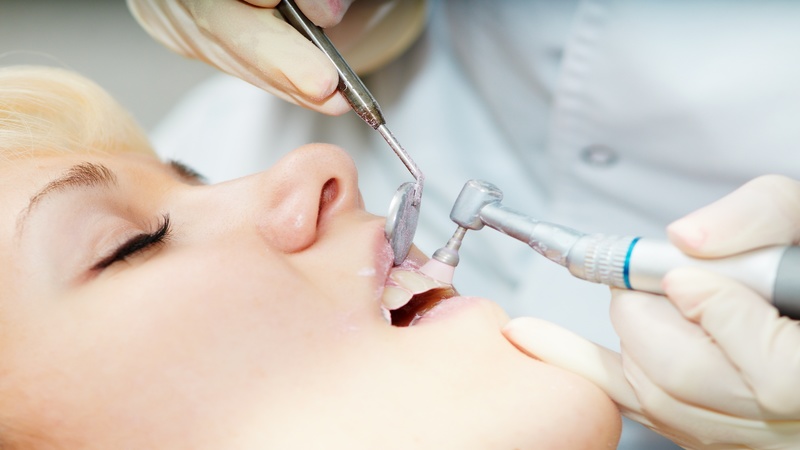There is a hinge that connects the jaw to the temporal bones of the skull. The joint allows a person to move their jaw in both the horizontal and vertical directions, allowing for speech, chewing, and yawning. Problems in this joint are known as TMJ disorders and can cause considerable pain. It is not known what causes TMJ pain. Dentists suggest the symptoms arise from muscle problems or with the joint. Fortunately, New York TMJ pain & treatment is available.
TMJ may also be caused by injury to the joint or the muscles in the neck and head. Often, TMJ can be the result of a blow to the head or whiplash.
The Symptoms of TMJ
Little is known about TMJ pain. It can be a temporary condition, or it can last for years. TMJ can affect one or both sides of the face; it appears most often in people between the ages of 20 and 40. Common symptoms include:
- Pain in the area of the jaw joint, neck, and shoulder. It is most painful when you open your mouth wide or chew food.
- Jaws that tend to “stick” in the open or closed position
- A noticeable “clicking” or grating noise, at times, accompanied by pain
The condition may also be accompanied by headaches, toothaches, dizzy spells as well as ringing in the ears.
Treating TMJ Pain
In most cases, a dentist will fit a patient suffering from TMJ pain with a night guard or splint. This device is a plastic mouthpiece that fits snuggly over the teeth, stopping the upper and lower teeth from coming into contact. This device lessens the effect of clenching of the jaw or grinding the teeth. A night guard is only used while sleeping; a splint is used all the time.
Click here to learn more.






